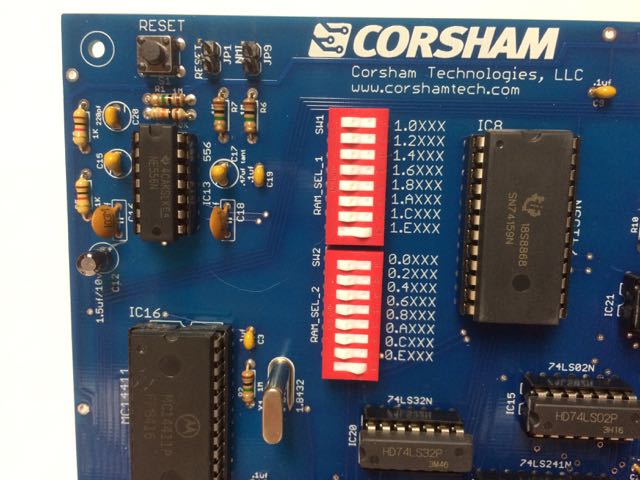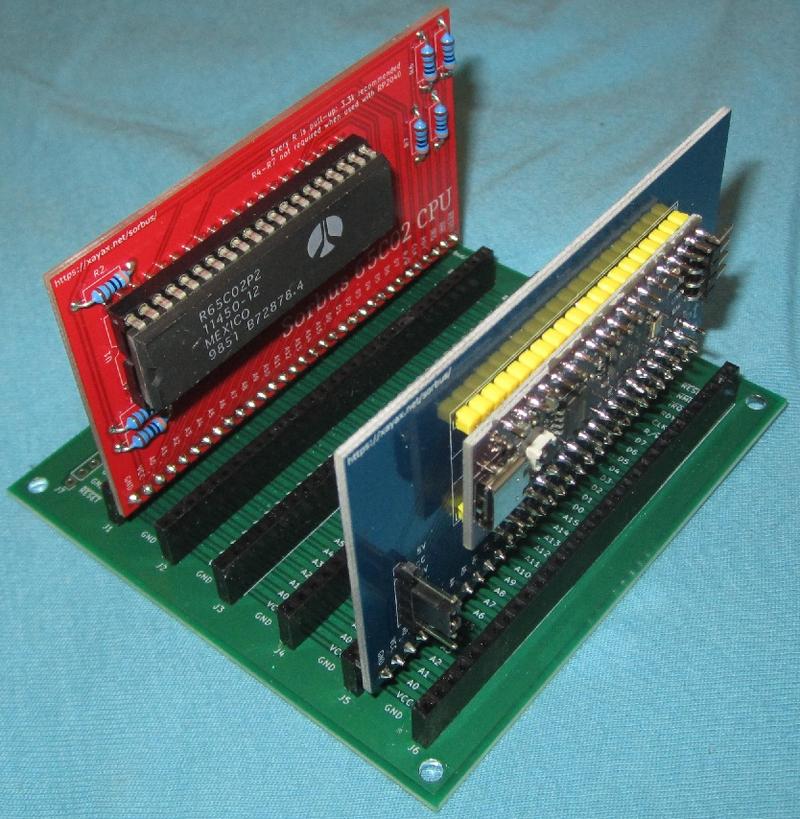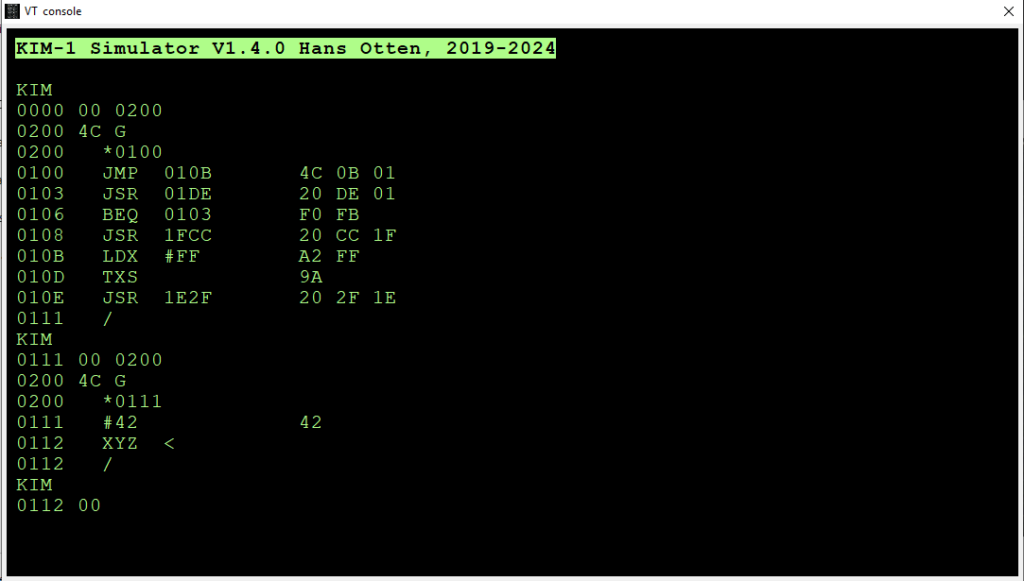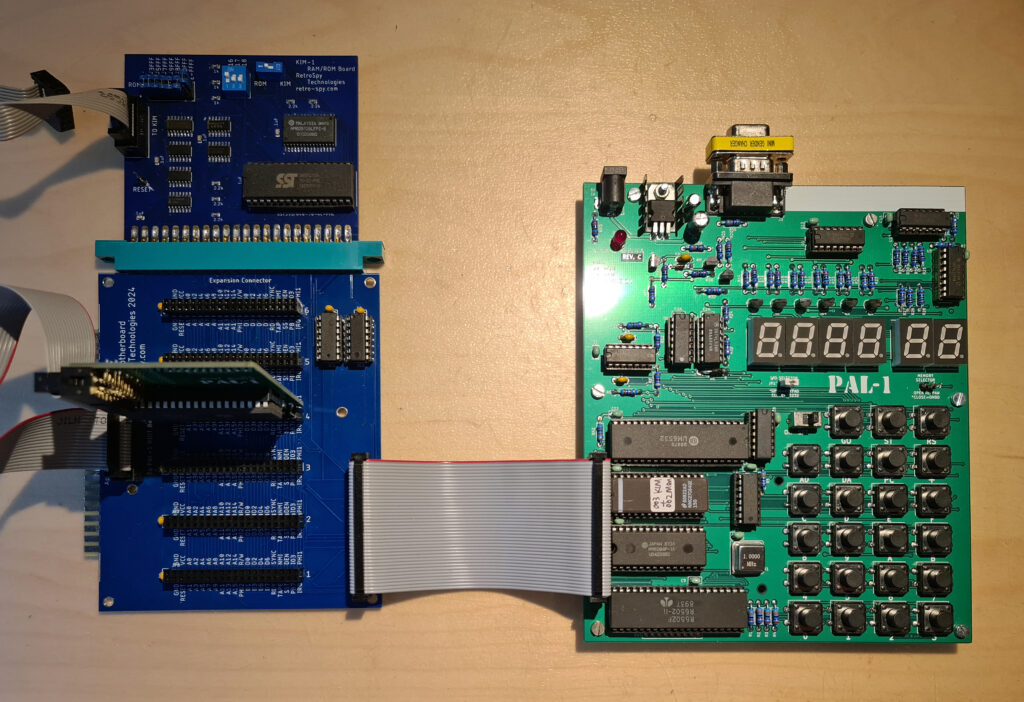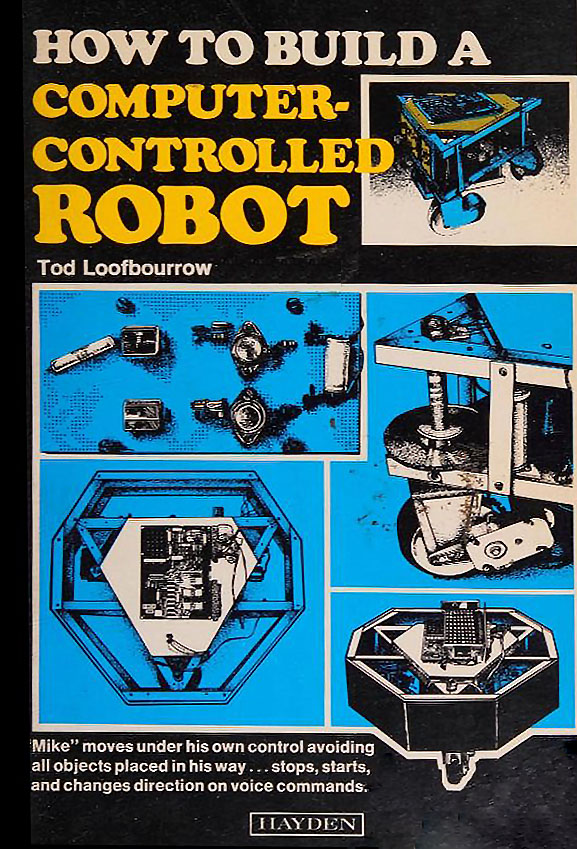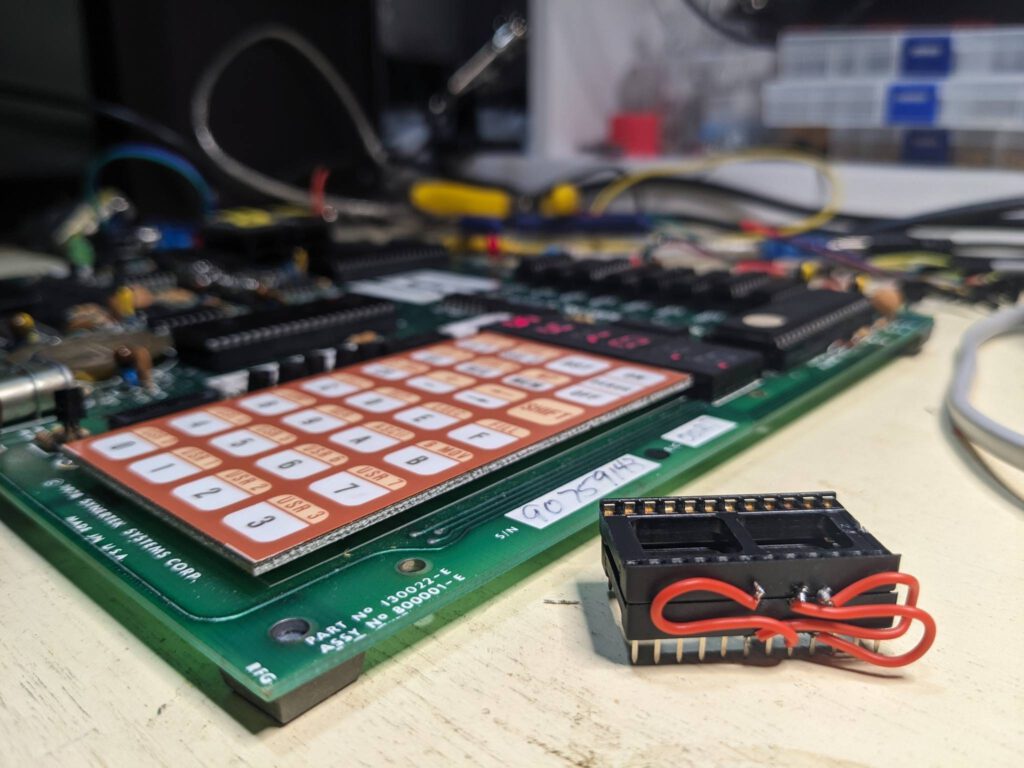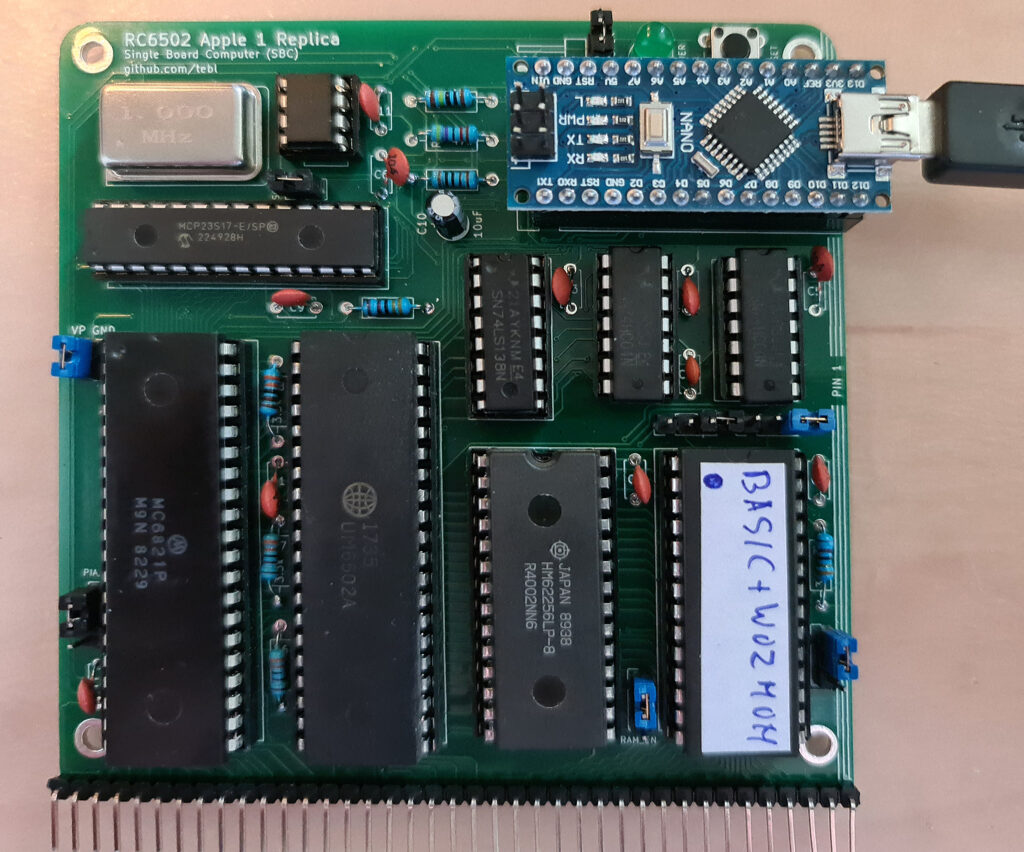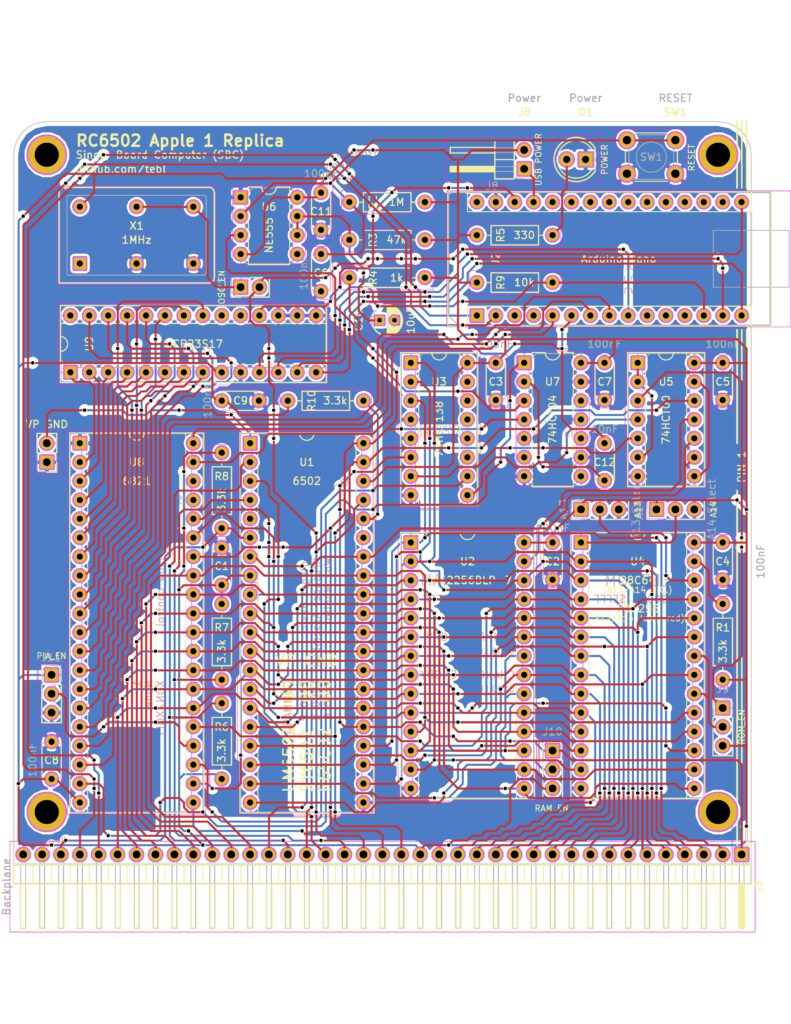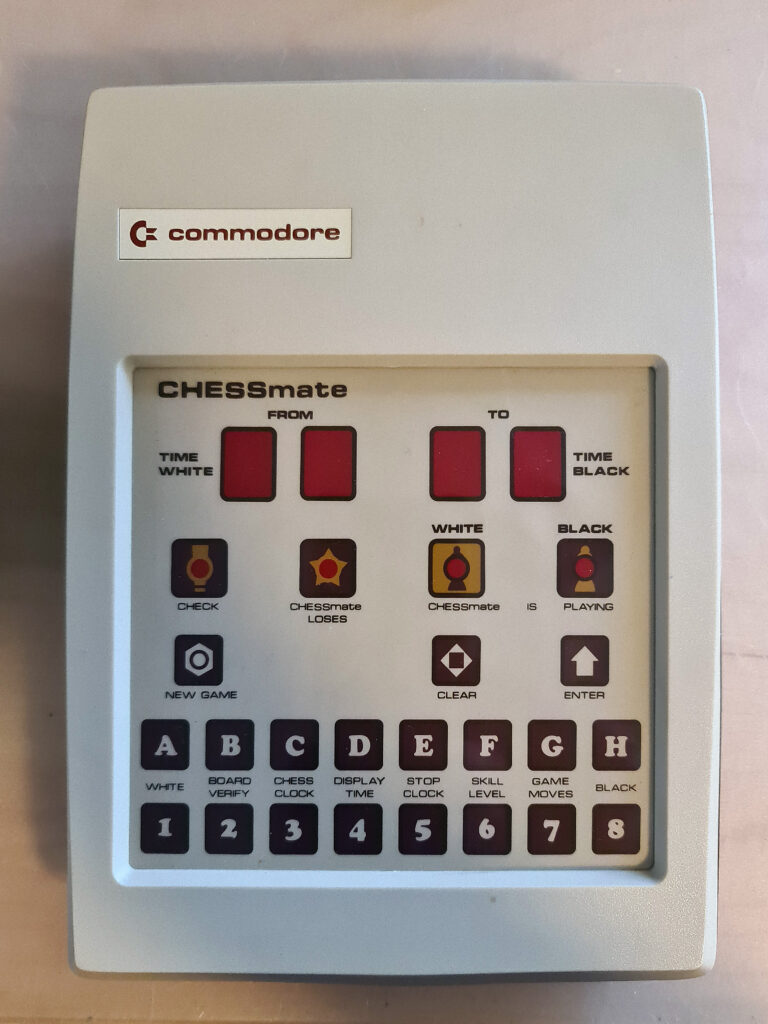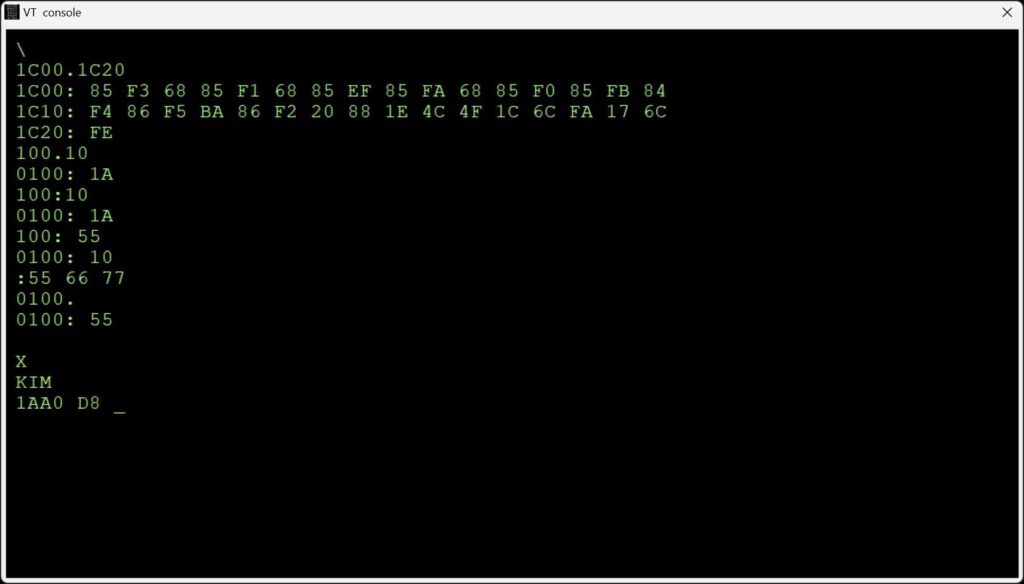Bob Applegate designed and sold for many years boards of interest for KIM, AIM 65, SYM-1 and the SS50/SS-30 users, his one man company was called Corsham TEchnology.
That ended last year when Bob died, and I miss him. A good friend with whom I exchanged many emails about the KIM-1 and KIM Clone.
I have bought many of his fine products. And many others did also, and due to the open nature of his projects, many variants appeared build by others.
His webpages disappeared in July 2024. His family does not respond to attempts to contact about the legacy of Corsham, many of us tried.
Therefore I decided to duplicate here all I have of Bob’s projects, in a way that makes it more accessible than his webshop sale pages, Github, private email exchanges and older downloads.
Here it is: Corsham Bob Applegate projects.
Enjoy, enhance, duplicate, and keep Bob in our memories, I claim nothing, I do not sell any Corsham product, I do not have more information like gerbers, PCB designs.
This is all Bob ever published!
